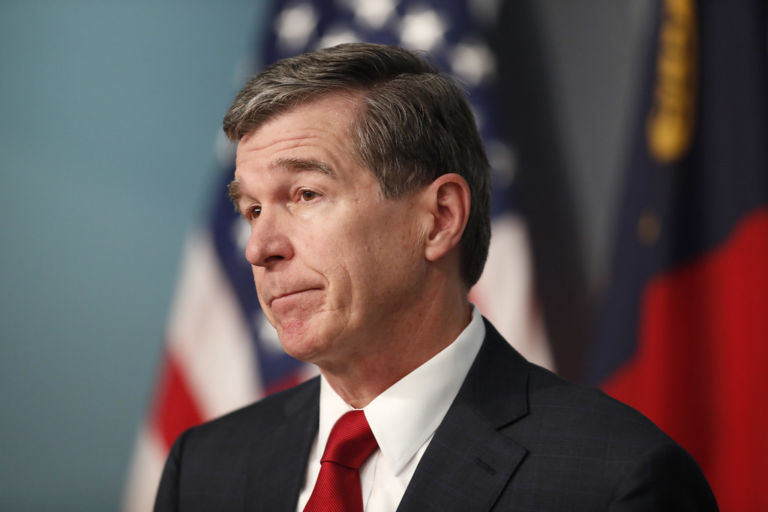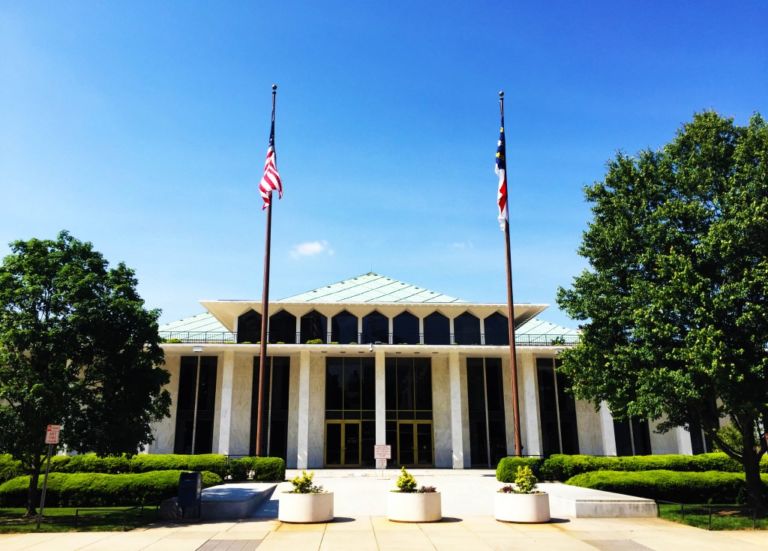The General Assembly would give public school teachers average pay raises of 6.5 percent, ensure that all full-time state workers make more than $31,000, and fund high-priority school and prison safety needs, all while placing a reasonable limit on government spending growth. The John Locke Foundation’s budget team highlights these elements of the proposed 2018-19 state General Fund budget.
Lawmakers also would continue to build the state’s rainy-day reserve fund and preserve individual and corporate income tax rate cuts scheduled to take effect in January 2019. They would reject Gov. Roy Cooper’s proposal to eliminate the scheduled tax cuts and devote the money instead to additional government spending.
The N.C. House and Senate are reviewing the plan now. Final votes are scheduled this week.
“Tax and spending discipline state lawmakers have exercised since conservatives took control of the General Assembly in 2011 gives them the opportunity to take great strides with this budget,” said Becki Gray, JLF Senior Vice President. “Because lawmakers have not spent beyond taxpayers’ means in recent years, they are able to devote more money this year to high-priority needs. At the same time, they are exercising restraint in government spending growth.”
“They are moving forward with tax relief that will allow all families to keep more of their own paychecks,” Gray added. “They are also continuing to lower the corporate tax rate to make North Carolina even more attractive to businesses and entrepreneurs looking to build and expand their operations.”
The $23.9 billion General Fund budget for 2018-19 represents about $885 million more in spending than the amount budgeted for the current budget year that ends June 30. “That’s an increase of about 3.85 percent, which is in line with the combined rate of inflation plus population growth,” Gray said. “That’s the benchmark legislative leaders have used — voluntarily — since 2011 to keep government spending growth in check.”
“It’s also important to note that roughly $500 million of that additional spending goes to K-12 education,” she added. “This shows that lawmakers are putting money toward their highest priorities. It also reminds us that North Carolina continues to see the benefits of reining in uncontrolled Medicaid spending that wreaked havoc on state budgets for years.”
The existing two-year state budget calls for the individual income tax rate to drop from 5.499 percent to 5.25 percent in 2019. The corporate rate drops from 3 percent to 2.5 percent. Those cuts remain in lawmakers’ plan. Cooper had called on the General Assembly to freeze current tax rates for many taxpayers to generate money that would pay for additional government programs.
“The governor wanted to spend substantially more money and place North Carolina on a fiscal path that would have required future tax increases,” Gray said. “Lawmakers are wise to reject that proposal.”
The existing budget plan already had set aside money for a 6.2 percent average pay increase for public school teachers. The adjusted budget bumps that number to 6.5 percent, including more money for veteran teachers. School principals will see an even larger average pay raise. Cooper, as part of his request to put off tax cuts, had called for 8 percent teacher raises.
The plan includes $35 million to begin addressing school safety needs, along with $15 million for prison safety and security. “Additional budget provisions help address these critical areas of state government,” Gray said.
Lawmakers would ensure that all current state workers get at least a 2 percent raise, with lower-paid full-time workers getting a substantially larger raise. “By guaranteeing that every full-time state worker will earn at least $31,200 a year, the budget addresses one of state employees’ major concerns,” Gray said. “Once again, this change is made possible by fiscal prudence state lawmakers have exercised in the past.”
The General Assembly diverges from the governor in not trying to spend almost every available dollar for an ongoing government expense, Gray said. “This budget plan leaves about $560 million unspent this year, while putting aside another $220 million for the rainy-day reserve fund, $135 million in reserves for Medicaid changes, and $220 million for capital projects and repairs,” she said. “We have become accustomed to seeing the conservative General Assembly exercise the fiscal discipline to bank some money for future needs.”
Not every piece of the 2018-19 budget deserves high marks. “Lawmakers continue the long bipartisan traditions of building local earmarks into the budget and using targeted tax incentives to chase favored, high-profile companies,” Gray said. “These provisions take away money that could be used for higher priorities or returned to taxpayers themselves to spend, save, or invest as they please.”
The budget process itself also deserves some criticism. “Yes, it’s more efficient for lawmakers to wrap these proposals into a single document that will get an up-or-down vote with no amendments — either from legislative committees or the full House and Senate,” she said. “But the legislative process is always better with more transparency. It’s better when all members have a chance to convince their colleagues that something should be tweaked, expanded, or dropped. With supermajorities in both chambers, legislative leaders could have allowed the process to move forward in a more conventional manner and still achieved their budget goals.”
Regardless of these concerns, the 2018-19 budget deal is preferable to the competing proposal Cooper put forward. “Gov. Cooper would return North Carolina to the bad old days of government overspending during economic good times,” Gray said. “We’ve seen that movie before. We know how it ends. Once government grows beyond the type of prudent spending level displayed in this budget, lawmakers eventually have to turn to budget cuts or tax hikes when the economic tide turns.”


